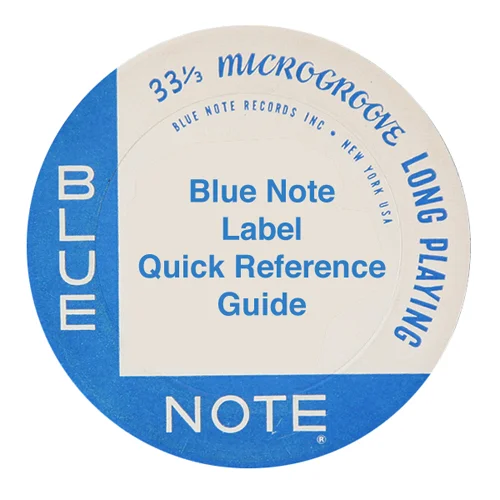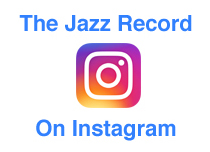Jackie McLean - "New And Old Gospel"
/Jackie McLean • New And Old Gospel • 1967 • Blue Note BLP 4262 / BST 84262
Recorded March 24, 1967 at Rudy Van Gelder Studio, New Jersey
The Players:
Jackie McLean - Alto Saxophone
Ornette Coleman - Trumpet
Lamont Johnson - Piano
Scott Holt - Bass
Billy Higgins - Drums
The Tracks:
A1. Lifeline: Offspring / Midway / Vernzone / The Inevitable End
B1. Old Gospel
B2. Strange As It Seems
The Music:
Jackie McLean's career during the golden age of jazz is practically a roadmap to how the genre moved from hard bop to post bop and finally ended up at the avant garde that was to become the "new thing" in jazz (although as history would have the last word, it was actually the hard bop sound that would prove to have the most staying power). In 1967 McLean would complete the circle by teaming up with none other than Ornette Coleman, the innovator of the Free Jazz movement that shook up the jazz establishment.
Since these two guys never liked to play by the rules, this record features Coleman not only as a sideman, but finds him playing trumpet rather than his normal saxophone. Further, the session features McLean's four-part suite "Lifeline" taking up all of Side 1, with two long Coleman compositions on Side 2. If this seems like an odd fit for the Blue Note catalog, keep in mind that this was the late 1960's and "straight" jazz appeared to be on the way out. Many fans were moving towards the "far out" sound, while others were embracing the electric and funk jazz that were just beginning to emerge. McLean and Coleman, however, are sly characters who put together a post-bop album that might seems "out there" to fans of hard bop, but is still heavily rooted in the blues sound that both men had long incorporated into their music.
The album definitely has moments of loud jamming in the avant garde style, but that sound is tempered with moments of quiet beauty and melodic soulfulness. Of particular note is the playing of Billy Higgins on drums, who has no problem transitioning from his usual hard bop style into this more adventurous music. I am not familiar with the work of the pianist Lamont Johnson, but his work on the keys throughout is outstanding. McLean's suite on the first side lets the players show off their skills in a number of different moods, while Coleman's tunes on the second side are both fantastic combinations of, you guessed it, the new and the old. "Old Gospel" is a freewheeling and fun track, with Johnson playing a repeated funky gospel revival vamp while McLean and Coleman do their thing over the top. The final number, "Strange As It Seems," is a quieter, but no less adventurous, composition that ends the album on a strong note.
The Vinyl:
My copy is an original with the "A Division Of Liberty Records, Inc" on the familiar blue and white label. For as obscure as this record is, there are quite a few available online, with prices right about where they should be for late Blue Note releases, varying between $20 to $50 for a VG+ copy on eBay. According to Discogs, the album was only repressed once, in 1970, on that weird black UA/Liberty label with the Blue Note logo in a box centered on the left side. It was released in Mono, but since it came out in 1967 that copy is going to be pretty damn hard to find, and by this point the stereo copy is probably the more desirable.
There is no "RVG" stamped in the vinyl, even though it was recorded at Rudy Van Gelder Studios. The sound on my copy is bright and clean with great separation of the instrumentation even on the louder busier tracks. Since the cover is has the white background you will be hard pressed to find one that is pristine, even copies still in the shrink will most likely have suffered some discoloration. And while the cover retains the feel of classic Blue Note covers, in reality it shows the decline in artistic care that befell the label in the second half of the 1960's. No biggie though, it still looks great sitting on the turntable while the record is spinning.
Final Thoughts:
New And Old Gospel has seemed to have slipped through the cracks of jazz history a bit. It is rarely mentioned as an important Blue Note album even though it features two important and legendary players. The record is a quality late 1960's work that in many ways does what the title implies, summing up new and old jazz styles into one cohesive statement. Definitely an album for those who like their adventurous jazz a bit on the tamer style, this isn't wild and crazy Free Jazz or straight up classic jazz, it is the perfect blending of both.













